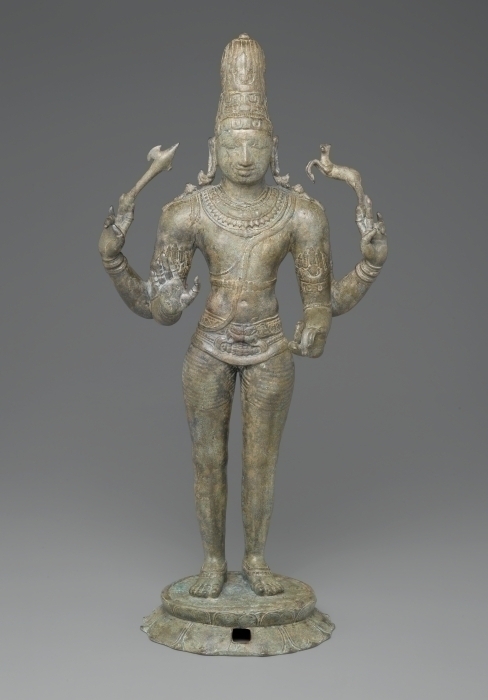Purchasing a major work of art for the collection
I have been an art museum curator for almost eight years now, and I can tell you that the one aspect of my job that has consistently offered the headiest mixture of fun and stress has been the search for new acquisitions, especially those purchased using Museum funds. Spending other peoples’ money on beautiful art sounds like a ball, and there is a certain vicarious thrill that comes from shopping in a much higher price range than my wallet will ever allow. But I’m not buying for an individual, I’m buying for an institution, and I’m not buying something that someone will discard when they’re finished with it, I’m buying something that will be saved for posterity. The most pressing question, when suggesting a potential purchase, is not “will the Director like it?” or even “will the public like it?” but “will my successors twenty or one hundred years from now like it?” Every museum can point to a few objects in its storage rooms that some past curator convinced the institution to buy for a very high price, only to have his or her successors discover that the object is flawed in some very significant way (maybe a fake, maybe just heavily restored, maybe in a style or by an artist that is now considered insignificant or just plain tacky). No one wants to leave that sort of embarrassing burden for subsequent generations.
Luckily, no curator shops alone. There is a complex network of people and processes that the curator works with (and through) in order to make sure that the institution stands behind every new acquisition. The purpose of this series of blog entries is to explain how museums arrive at the decision to buy the objects they do. There are lots of different ways that works of art enter museum collections. Obviously, many museum objects are given by private collectors, and there’s a whole different set of issues that comes with the process of attracting gifts, assessing their appropriateness to the collection, and then graciously accepting or rejecting them. Maybe I’ll get to that later. But for now, my task is to describe, through one particular masterpiece that was purchased for the Brooklyn Museum collection in the spring of 2007, the many steps and precautions taken by museums and curators when acquiring a work of art.
It’s a little bit like spoiling the surprise, but I am going to begin by introducing you to the object in question. It is a bronze image of the Hindu god Shiva, about two feet high. It was made in southern India, probably in the modern state of Tamil Nadu, during the reign of the Chola kings, around 970 C. E. Its picture appears here. I’ll get a reverse shot of the image for you shortly, because it’s even more handsome from behind. I’ll offer more information about Chola bronzes and the god Shiva in future entries, but for now let me just tell you that this sculpture is extremely rare, of a date and quality that simply does not appear on the market anymore. And that is precisely the sort of object that we were looking for.
To be continued…

Shiva as Chandrashekhara. Southern India. Chola period, c. 970 A.D. Bronze. Height 25 in. Brooklyn Museum. Gift of the Asian Art Council and other donors in honor of Amy G. Poster, 2007.2.

Joan Cummins is the Lisa and Bernard Selz Curator of Asian Art at the Brooklyn Museum. Joan received her Ph.D. in 2001 from Columbia University. Prior to coming to Brooklyn, Joan served as Assistant Curator of Indian, Southeast Asian, and Himalayan Art at the Museum of Fine Arts, Boston. Her most recent book is an introduction to Indian painting, published in 2006 by the MFA, Boston. Joan was a Research Associate in Brooklyn's Department of Asian Art from 1991-1993.
